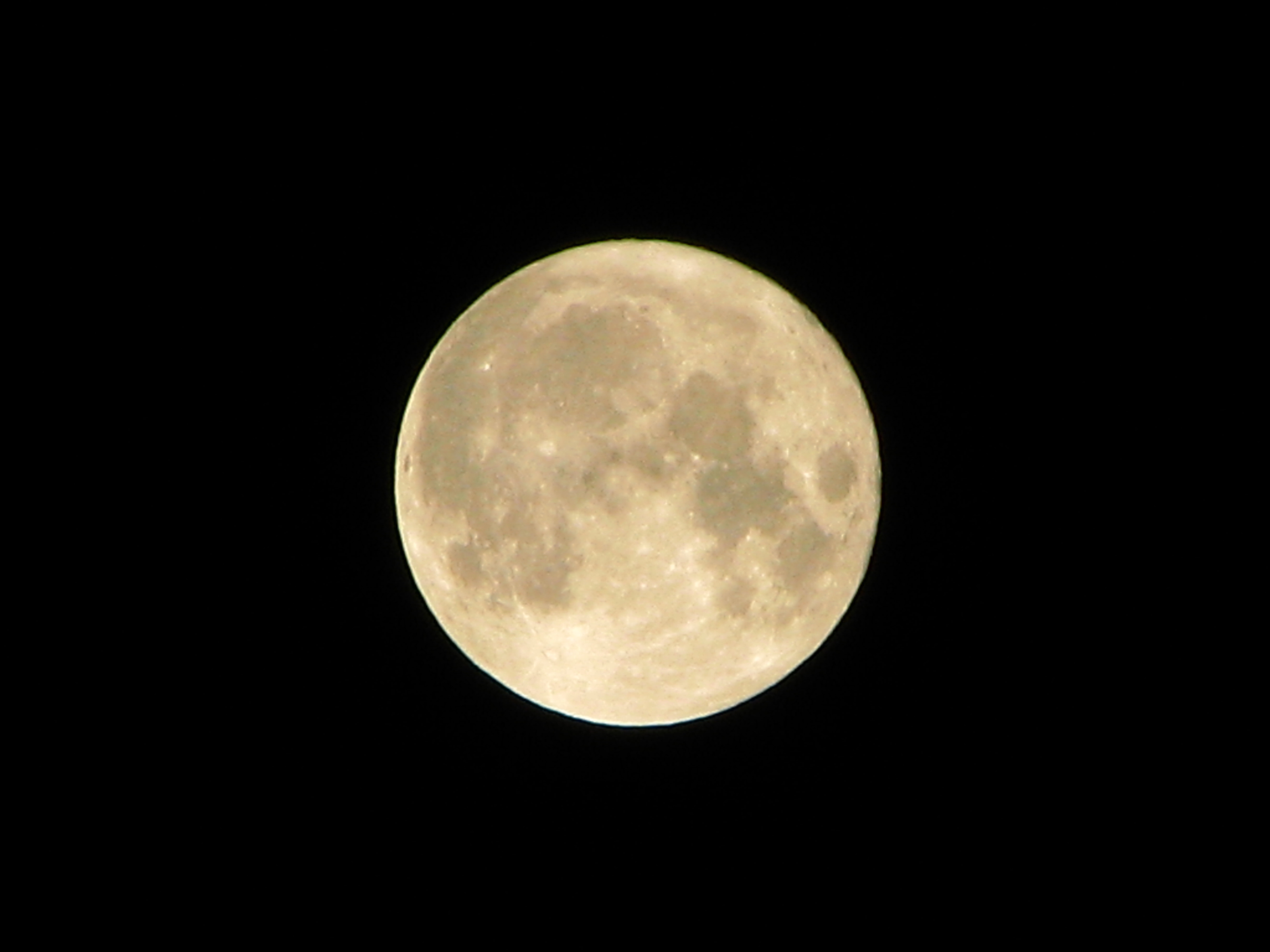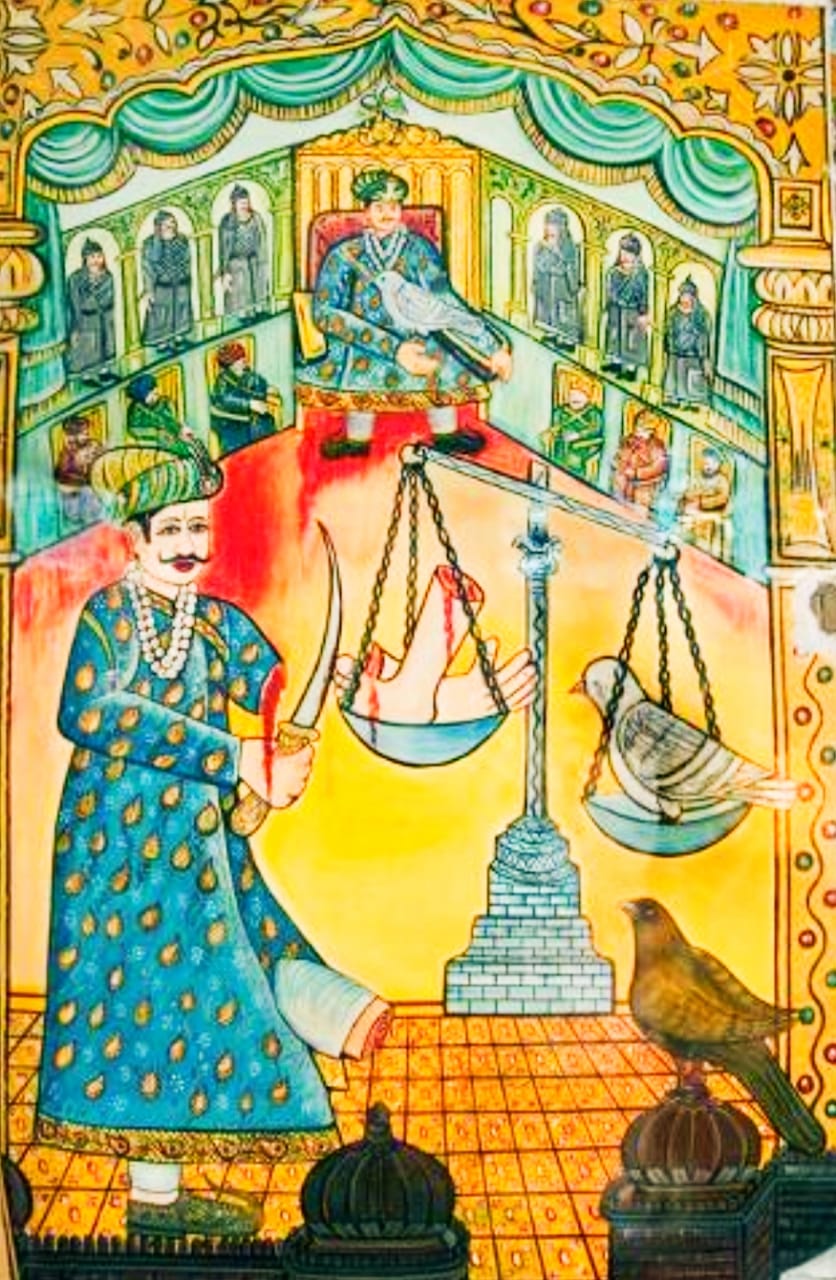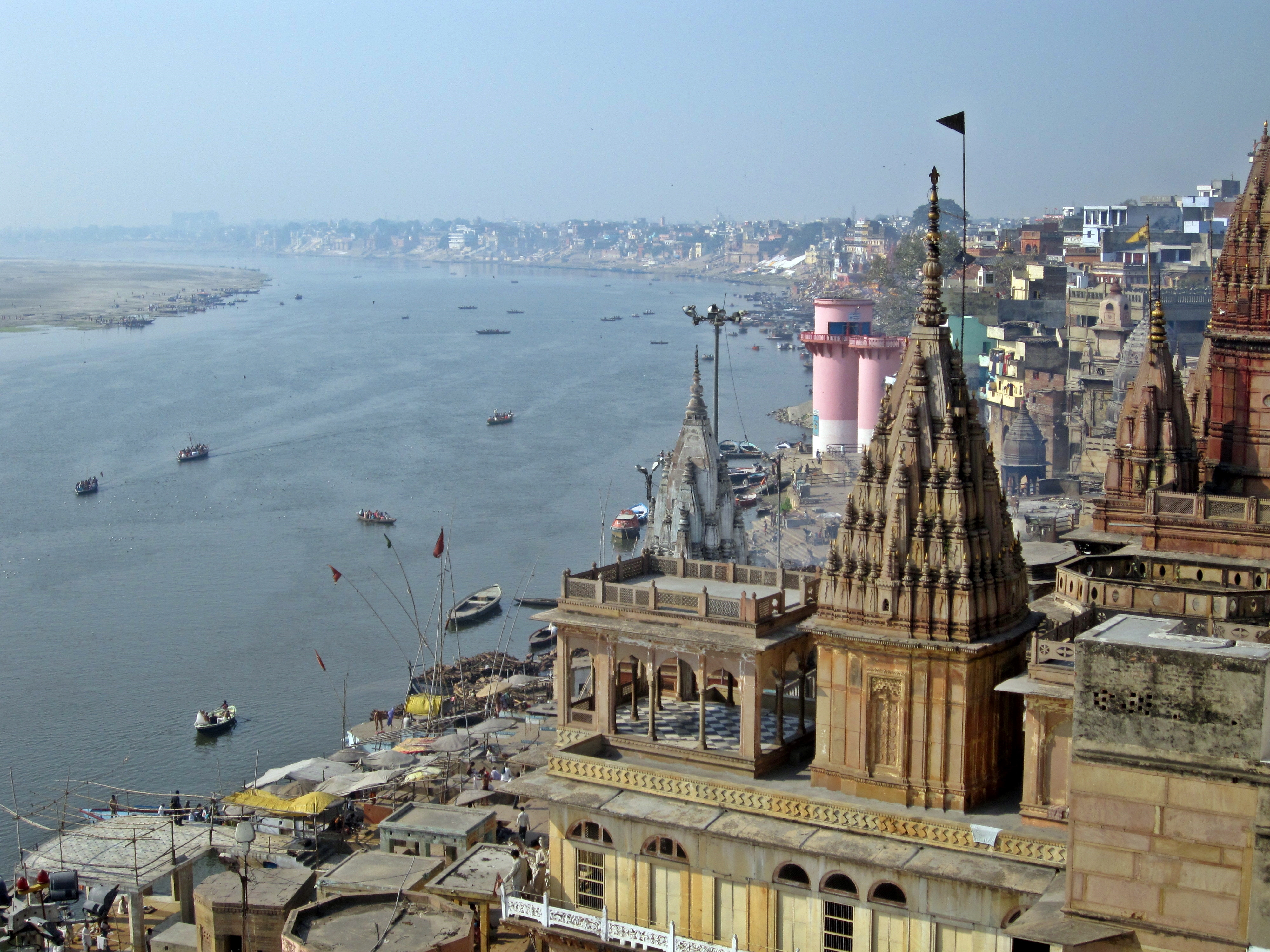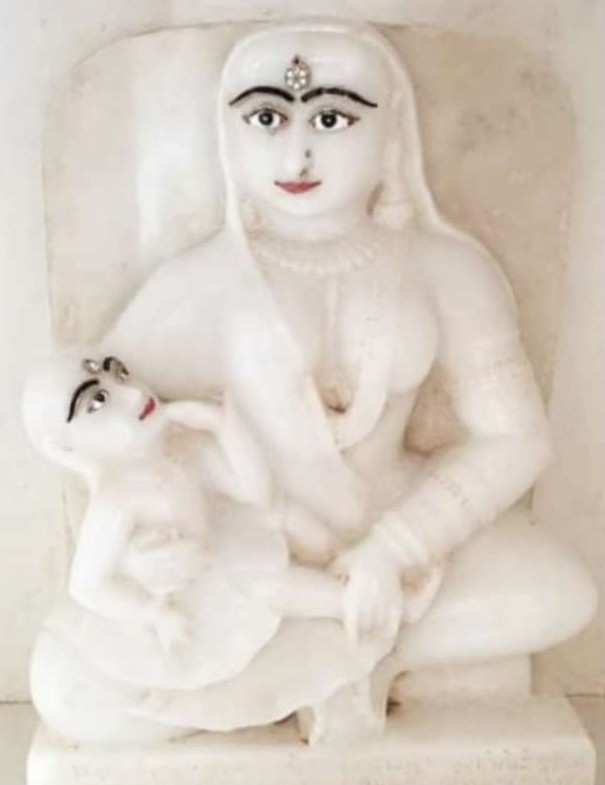|
Hammira Mahakavya
''Hammira Mahakavya'' ( IAST: ''Hammīra-Mahākāvya'') is a 15th-century Indian Sanskrit epic poem written by the Jain scholar Nayachandra Suri. It is a legendary biography of the 13th century Chahamana king Hammira. While not entirely accurate from a historical point-of-view, the text provides valuable information about the medieval history of north-western India. Much of the text describes Hammira's ancestry and his conquests of the neighbouring Hindu kingdoms. The last third part describes his conflict with Ala-ud-Din Khalji, the Sultan of Delhi. The text attributes Hammira's defeat against Ala-ud-Din to betrayal by his officers. Authorship and date ''Hammira Mahakavya'' was composed by the Jain scholar Nayachandra Suri. The author's grandfather and teacher Jayasiṃha Sūri was a poet and a scholar. Jayasiṃha knew six languages, and composed three works - ''Nyāya Sāraṭika'', a Sanskrit grammar, and a poem on Kumāra Nṛpati. The author was not a contemporary of t ... [...More Info...] [...Related Items...] OR: [Wikipedia] [Google] [Baidu] |
India
India, officially the Republic of India ( Hindi: ), is a country in South Asia. It is the seventh-largest country by area, the second-most populous country, and the most populous democracy in the world. Bounded by the Indian Ocean on the south, the Arabian Sea on the southwest, and the Bay of Bengal on the southeast, it shares land borders with Pakistan to the west; China, Nepal, and Bhutan to the north; and Bangladesh and Myanmar to the east. In the Indian Ocean, India is in the vicinity of Sri Lanka and the Maldives; its Andaman and Nicobar Islands share a maritime border with Thailand, Myanmar, and Indonesia. Modern humans arrived on the Indian subcontinent from Africa no later than 55,000 years ago., "Y-Chromosome and Mt-DNA data support the colonization of South Asia by modern humans originating in Africa. ... Coalescence dates for most non-European populations average to between 73–55 ka.", "Modern human beings—''Homo sapiens''—originated in Africa. Th ... [...More Info...] [...Related Items...] OR: [Wikipedia] [Google] [Baidu] |
Editio Princeps
In classical scholarship, the ''editio princeps'' ( plural: ''editiones principes'') of a work is the first printed edition of the work, that previously had existed only in manuscripts, which could be circulated only after being copied by hand. For example, the ''editio princeps'' of Homer is that of Demetrius Chalcondyles, now thought to be from 1488. The most important texts of classical Greek and Roman authors were for the most part produced in ''editiones principes'' in the years from 1465 to 1525, following the invention of the printing press around 1440.Briggs, Asa & Burke, Peter (2002) ''A Social History of the Media: from Gutenberg to the Internet'', Cambridge: Polity, pp. 15–23, 61–73. In some cases there were possibilities of partial publication, of publication first in translation (for example from Greek to Latin), and of a usage that simply equates with first edition. For a work with several strands of manuscript tradition that have diverged, such as ''Piers Pl ... [...More Info...] [...Related Items...] OR: [Wikipedia] [Google] [Baidu] |
Chandra
Chandra ( sa, चन्द्र, Candra, shining' or 'moon), also known as Soma ( sa, सोम), is the Hindu god of the Moon, and is associated with the night, plants and vegetation. He is one of the Navagraha (nine planets of Hinduism) and Dikpala (guardians of the directions). Etymology and other names The word "Chandra" literally means "bright, shining or glittering" and is used for the "Moon" in Sanskrit and other Indian languages.''Graha Sutras'' by Ernst Wilhelm, published by Kala Occult Publishers p. 51 It is also the name of various other figures in Hindu mythology, including an asura and a Suryavanshi king. It is also a common Indian name and surname. Both male and female name variations exists in many South Asian languages that originate from Sanskrit. Some of the synonyms of Chandra include ''Soma'' (distill), ''Indu'' (bright drop), ''Atrisuta'' (son of Atri), ''Shashin'' or ''Shachin'' (marked by hare), ''Taradhipa'' (lord of stars) and ''Nishakara'' (the ... [...More Info...] [...Related Items...] OR: [Wikipedia] [Google] [Baidu] |
Shantinatha
Shantinatha was the sixteenth Jain tirthankar of the present age (Avasarpini). Shantinatha was born to King Vishvasena and Queen Aiira at Hastinapur in the Ikshvaku dynasty. His birth date is the thirteenth day of the Jyest Krishna month of the Indian calendar. He was also a Chakravartin and a Kamadeva. He ascended to the throne when he was 25 years old. After over 25,000 years at the throne, he became a Jain monk and started his penance. According to Jain beliefs, he became a siddha, a liberated soul which has destroyed all of its karma. Biography in Jain tradition Shantinatha was the sixteenth Jain ''Tīrthankara'' of the 24 tirthankars of the present age ('' avasarpini''). Life before renunciation He was born to King Vishvasena and Queen Achira at Hastinapur on 13th day of Jestha Krishna in the Ikshvaku clan. Before the birth of Shantinatha, Queen Achira dreamt the sixteen most auspicious dreams. Shantinatha spent 25,000 years as a youth (''kumāra kāla'') and marri ... [...More Info...] [...Related Items...] OR: [Wikipedia] [Google] [Baidu] |
Surya
Surya (; sa, सूर्य, ) is the sun as well as the solar deity in Hinduism. He is traditionally one of the major five deities in the Smarta tradition, all of whom are considered as equivalent deities in the Panchayatana puja and a means to realise Brahman. Other names of Surya in ancient Indian literature include Aditya, Arka, Bhanu, Savitr, Pushan, Ravi, Martanda, Mitra, Bhaskara, Prabhakara, Kathiravan, and Vivasvan. The iconography of Surya is often depicted riding a chariot harnessed by horses, often seven in number which represent the seven colours of visible light, and the seven days of the week. During the medieval period, Surya was worshipped in tandem with Brahma during the day, Shiva at noon, and Vishnu in the evening. In some ancient texts and art, Surya is presented syncretically with Indra, Ganesha, and others. Surya as a deity is also found in the arts and literature of Buddhism and Jainism. In the Mahabharata and Ramayana, Surya is represented as t ... [...More Info...] [...Related Items...] OR: [Wikipedia] [Google] [Baidu] |
Mahavira
Mahavira (Sanskrit: महावीर) also known as Vardhaman, was the 24th ''tirthankara'' (supreme preacher) of Jainism. He was the spiritual successor of the 23rd ''tirthankara'' Parshvanatha. Mahavira was born in the early part of the 6th century BCE into a royal Kshatriya Jain family in ancient India. His mother's name was Trishala and his father's name was Siddhartha. They were lay devotees of Parshvanatha. Mahavira abandoned all worldly possessions at the age of about 30 and left home in pursuit of spiritual awakening, becoming an ascetic. Mahavira practiced intense meditation and severe austerities for twelve and a half years, after which he attained '' Kevala Jnana'' (omniscience). He preached for 30 years and attained Moksha (liberation) in the 6th century BCE, although the year varies by sect. Historically, Mahavira, who revived and preached Jainism in ancient India, was an older contemporary of Gautama Buddha. Jains celebrate ''Mahavir Janma Kalyanak'' every yea ... [...More Info...] [...Related Items...] OR: [Wikipedia] [Google] [Baidu] |
Shiva
Shiva (; sa, शिव, lit=The Auspicious One, Śiva ), also known as Mahadeva (; ɐɦaːd̪eːʋɐ, or Hara, is one of the principal deities of Hinduism. He is the Supreme Being in Shaivism, one of the major traditions within Hinduism. Shiva is known as "The Destroyer" within the Trimurti, the Hindu trinity which also includes Brahma and Vishnu. In the Shaivite tradition, Shiva is the Supreme Lord who creates, protects and transforms the universe. In the goddess-oriented Shakta tradition, the Supreme Goddess ( Devi) is regarded as the energy and creative power (Shakti) and the equal complementary partner of Shiva. Shiva is one of the five equivalent deities in Panchayatana puja of the Smarta tradition of Hinduism. Shiva has many aspects, benevolent as well as fearsome. In benevolent aspects, he is depicted as an omniscient Yogi who lives an ascetic life on Mount Kailash as well as a householder with his wife Parvati and his three children, Ganesha, Ka ... [...More Info...] [...Related Items...] OR: [Wikipedia] [Google] [Baidu] |
Parshvanatha
''Parshvanatha'' (), also known as ''Parshva'' () and ''Parasnath'', was the 23rd of 24 ''Tirthankaras'' (supreme preacher of dharma) of Jainism. He is the only Tirthankara who gained the title of ''Kalīkālkalpataru ( Kalpavriksha in this "Kali Yuga").'' Parshvanatha is one of the earliest ''Tirthankaras'' who are acknowledged as historical figures. He was the earliest exponent of Karma philosophy in recorded history. The Jain sources place him between the 9th and 8th centuries BCE whereas historians consider that he lived in the 8th or 7th century BCE. Parshvanatha was born 273 years before Mahavira. He was the spiritual successor of 22nd tirthankara Neminatha. He is popularly seen as a propagator and reviver of Jainism. Parshvanatha attained moksha on Mount Sammeda (Madhuban, Jharkhand) popular as Parasnath hill in the Ganges basin, an important Jain pilgrimage site. His iconography is notable for the serpent hood over his head, and his worship often includes Dharanendra ... [...More Info...] [...Related Items...] OR: [Wikipedia] [Google] [Baidu] |
Vishnu
Vishnu ( ; , ), also known as Narayana and Hari, is one of the principal deities of Hinduism. He is the supreme being within Vaishnavism, one of the major traditions within contemporary Hinduism. Vishnu is known as "The Preserver" within the Trimurti, the triple deity of supreme divinity that includes Brahma and Shiva. Gavin Flood, An Introduction to Hinduism' (1996), p. 17. In Vaishnavism, Vishnu is the supreme being who creates, protects, and transforms the universe. In the Shaktism tradition, the Goddess, or Adi Shakti, is described as the supreme Para Brahman, yet Vishnu is revered along with Shiva and Brahma. Tridevi is stated to be the energy and creative power ( Shakti) of each, with Lakshmi being the equal complementary partner of Vishnu. He is one of the five equivalent deities in Panchayatana puja of the Smarta tradition of Hinduism. According to Vaishnavism, the highest form of Ishvara is with qualities ( Saguna), and have certain form, but is limit ... [...More Info...] [...Related Items...] OR: [Wikipedia] [Google] [Baidu] |
Rishabhanatha
Rishabhanatha, also ( sa, ऋषभदेव), Rishabhadeva, or Ikshvaku is the first (Supreme preacher) of Jainism and establisher of Ikshvaku dynasty. He was the first of twenty-four teachers in the present half-cycle of time in Jain cosmology, and called a "ford maker" because his teachings helped one across the sea of interminable rebirths and deaths. The legends depict him as having lived millions of years ago. He was the spiritual successor of Sampratti Bhagwan, the last Tirthankar of previous time cycle. He is also known as Ādinātha which translates into "First (''Adi'') Lord (''nātha'')", as well as Adishvara (first Jina), Yugadideva (first deva of the yuga), Prathamarajeshwara (first God-king), Ikshvaku and Nabheya (son of Nabhi). Along with Mahavira, Parshvanath, Neminath, and Shantinath; Rishabhanath is one of the five Tirthankaras that attract the most devotional worship among the Jains. According to traditional accounts, he was born to king Nabhi and ... [...More Info...] [...Related Items...] OR: [Wikipedia] [Google] [Baidu] |
Brahma
Brahma ( sa, ब्रह्मा, Brahmā) is a Hindu god, referred to as "the Creator" within the Trimurti, the trinity of supreme divinity that includes Vishnu, and Shiva.Jan Gonda (1969)The Hindu Trinity Anthropos, Bd 63/64, H 1/2, pp. 212–226. He is associated with creation, knowledge, and the '' Vedas''. Brahma is prominently mentioned in creation legends. In some '' Puranas'', he created himself in a golden embryo known as the Hiranyagarbha. Brahma is frequently identified with the Vedic god Prajapati.;David Leeming (2005), The Oxford Companion to World Mythology, Oxford University Press, , page 54, Quote: "Especially in the Vedanta Hindu Philosophy, Brahman is the Absolute. In the Upanishads, Brahman becomes the eternal first cause, present everywhere and nowhere, always and never. Brahman can be incarnated in Brahma, in Vishnu, in Shiva. To put it another way, everything that is, owes its existence to Brahman. In this sense, Hinduism is ultimately monotheisti ... [...More Info...] [...Related Items...] OR: [Wikipedia] [Google] [Baidu] |
Nabhi
King Nabhi or Nabhi Rai was the 14th or the last '' Kulakara'' of '' avasarpini'' (the descending half of the cosmic time cycle in Jainism and the one in which the world is said to be at present). He was the father of Rishabhanatha, the first ''tirthankara'' (founder of Jainism) of present ''avasarpini''. According to Jain text '' Ādi purāṇa'', Nabhirāja lived for 1 crore ''purva'' and his height was 525 ''dhanusha'' (long bows). According to Jain literature, India was known as '' Nābhivarṣa'' (land of Nabhi) before being renamed as ''Bhāratavarṣa'' after Bharata, the son of Rishabhanatha. Life King Nabhi or Nabhi Rai was the fourteenth or the last '' Kulakara'' of ''avasarpini''. He taught the men how to cut the ''nabhi'' ( navel chords) and organised them into social polity. Marudevi, queen of king Nabhi, saw the 14 auspicious dreams. When she shared her dreams with the king, he explained that she will give birth to a ''tirthankara''. She then gave birth to R ... [...More Info...] [...Related Items...] OR: [Wikipedia] [Google] [Baidu] |
.jpg)



.png)



